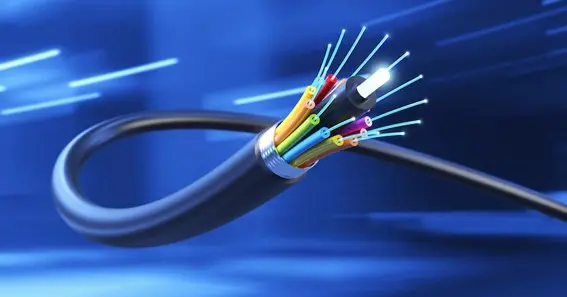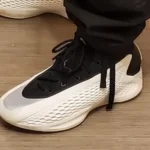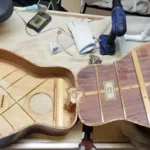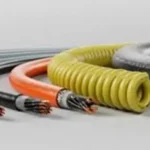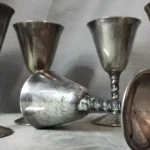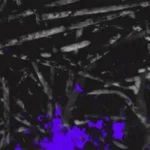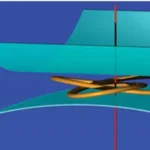OFC full form is Optical Fibre Cable, which is made up of optical fibers, which are fragile lines of glass or plastic. Technology changes frequently, data transport must be fast and efficient. An essential instrument for this is the optical fiber cable (OFC). Modern communication networks function with these lines. Here discusses everything about OFC.
What Is OFC Full Form?
OFC full form is Optical Fibre Cable. One or more optical threads inside the wire transfer data as light signals. These thin, flexible strands are usually glass or plastic. One optical fiber line might have two to several hundred threads. Fibers can transport separate data streams. Due to its vast capacity, OFC is essential to high-speed internet, phone, and cable TV networks.
These cables convert electrical impulses into light, transferring data over enormous distances with less signal loss and confusion than metal lines. After reaching their destination, a photoelectric cell converts light pulses into electrical signals to continue processing. Communication and networking professionals must understand optical fiber cable, which is problematic. Nine aspects concerning OFC demonstrate its importance and operation:
Also Read : What Is EP And Its Importance?
Optical Fibre Cable Components
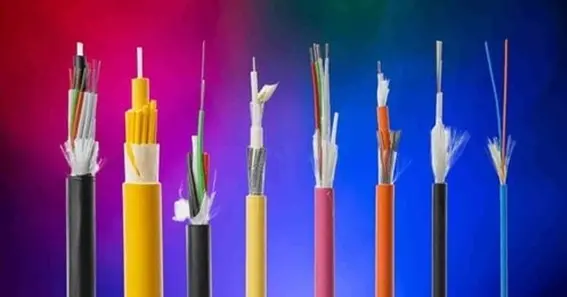
Glass or plastic bands make up optical fiber lines around a hair’s width. Protective material covers these fibers to prevent damage and data loss. Light enters the fiber’s core through an outer layer. This outer layer reflects light into the core to reduce signal loss. This arrangement allows long-distance light signals with minimum loss. A buffer layer protects the fibers from water and physical damage. An outer jacket protects and stabilizes the cable.
Also Read : What Is Indie Music And Which Job Does It Play In Social Development?
How OFC work?
Optical fiber cables transfer data using laser or LED light bursts. Total internal reflection causes these light signals to rebound off the coating from the fiber’s core, allowing the signal to travel far without losing strength. Photoelectric cells convert light into electrical information for processing. Because of its efficiency, this technique can carry data quickly across large distances. Light signals are superior to electrical ones because they convey more information and generate less interference.
Benefits Of OFC
The high bandwidth of optical fiber cables allows them to quickly transport much data. They also transmit signals better over greater distances due to less electromagnetic interference. Of course, OFC is safer because hacking is difficult without detection. OFC is ideal for secure data usage, including financial transactions and private messaging. Due to their unique properties, optical fibers are lighter and more flexible than copper wires, making them easy to use in various contexts.
OFC Full Form And Its Uses
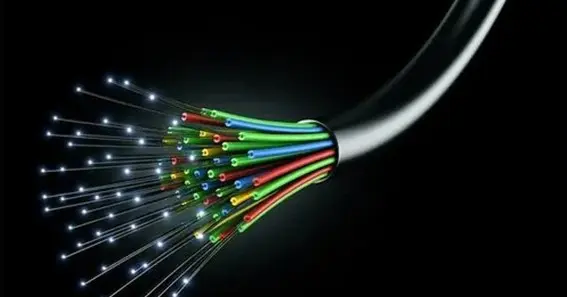
Businesses, including medical imaging, cable TV, phones, and the internet, employ OFC. It connects contemporary networks and speeds data across borders in telecommunications. Medical endoscopes and other minimally invasive imaging instruments use fiber optics. Sending HD video data in the entertainment industry requires OFC. Military and aerospace industries connect securely and reliably with fiber optics. OFC is essential to many technological systems because of its flexibility and reliability.
Setting Up And Managing
Installing optical fiber lines requires unique expertise and instruments to splice and join strands without signal loss. Regularly checking and testing fibers for damage and wear is maintenance. OFC is complicated, but its long-term benefits and reliability make it worth investing in. Maintaining thread integrity requires proper bending angles and protecting ducts during installation.
Future Of Optical Fibre
Since OFC technology is developing quickly and carrying more data, it has a promising future. Bend-insensitive strands and improved materials make fiber optics more versatile and easier to install. OFC will be crucial to satisfying the growing demand for fast internet and data services. Researchers also explore novel data encoding and transmission methods to improve optical networks.
Environmental Impacts On OFC
Copper wires harm the environment more than fiber optics. They transport communications with less energy and heat, cooling data centers more efficiently. OFC materials are eco-friendly and recyclable, supporting global efforts to reduce electrical waste. Laser strands are strong and light, requiring less material to create and ship, further decreasing their environmental effect.
Comparing OFC And Regular Cables
Optical fiber links outperform copper lines’ speed, bandwidth, and signal clarity. Copper wires are more susceptible to electromagnetic interference and long-distance communication loss. Copper connections have various applications, but OFC’s benefits push companies and families to move to fiber optics. OFC costs more initially, but more excellent performance and reduced maintenance frequently offset it.
Conclusion
Fibre optic cables have transformed communication and information gathering. They transport massive volumes of data swiftly and securely across vast distances, making them crucial in the digital era. As technology improves, OFC will help satisfy the rising need for quicker and more efficient data transport.
Message and networking professionals must understand OFC Full Form and its benefits. OFC technology will likely spur more innovative ideas and improved global communication and information sharing.
FAQ
The Complete OFC Acronym Is?
OFC stands for Optical Fibre Cable. These lines transfer data as light using glass or plastic fibers, allowing remote individuals to communicate rapidly.
Why Use OFC Wires Instead Of Copper?
OFC connections offer more bandwidth, quicker data transfer, less electromagnetic interference, and greater security than copper lines. OFC is smaller and more adaptable, making it easier to use in many circumstances.
People Utilize Optical Fiber Cables Where?
OFC is used in telecoms, the Internet, cable TV, and medical imaging. It’s the most crucial aspect of current communication technology, helping many objects transfer data swiftly.
What Are The Most Critical Elements Of An Optical Fiber Cable?
Light travels through an OFC’s core, the covering reflects it, and the outer layer shields it from damage and signal loss. Together, these pieces operate to send data rapidly and reliably across great distances.
What OFC Issues Arise?
The expensive initial installation cost, weak threads, and difficulties mending them are issues. OFC is an excellent information infrastructure investment since it works and pays off. Setting and maintaining OFC technology properly maximizes its benefits.
What Are Some Hidden Benefits Of Optical Fibre Cable?
Hidden benefits of OFC
- Better Security
- Improved Latency
- Longer Transmission Distance
Sources:
https://www.careers360.com/ofc-full-form
https://fullforms.com/OFC/Optical-Fiber-Cable/203
Explore some exciting articles here what-is-ep
